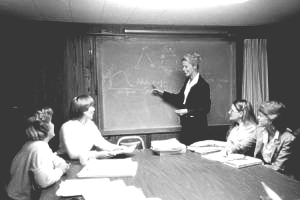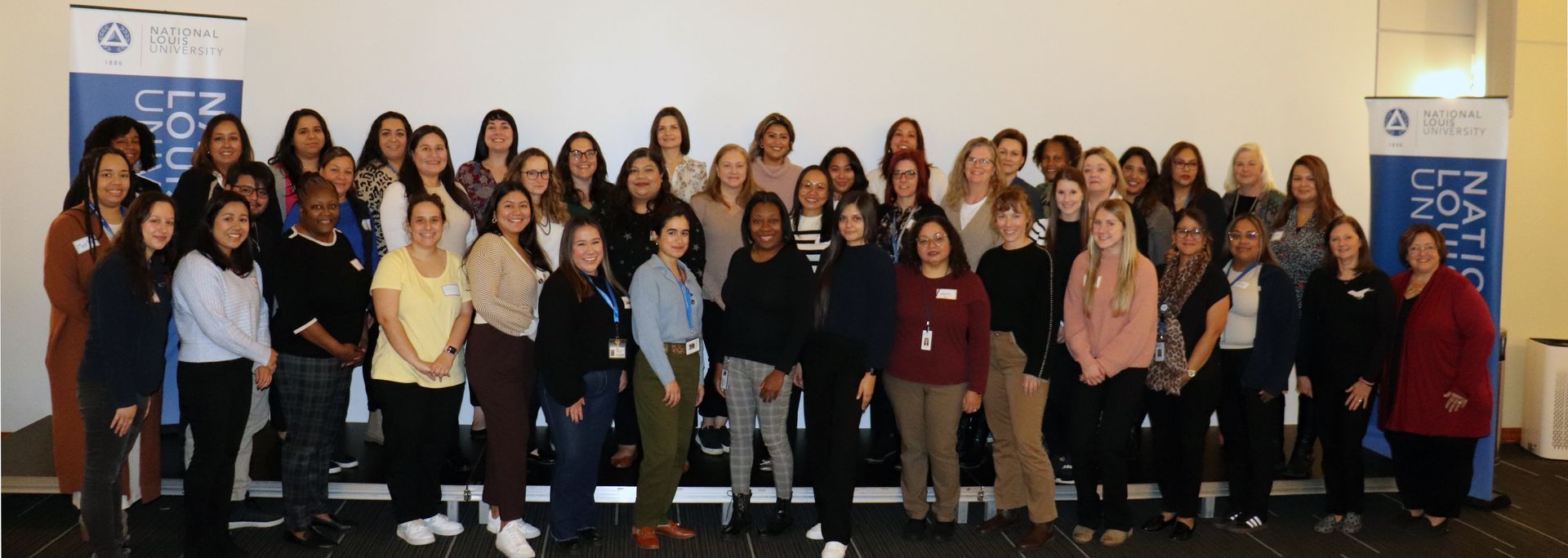BY Flora Q. Gomez, M.Ed. | October 2, 2020
“If you want to lead, you must make sure you never leave behind an empty chair. You must constantly develop other leaders to take your place.” – John C. Maxwell
In a February 2020 blog, leadership author John C. Maxwell recalled how his company’s CEO asked his team, “Who will fill your chair if you weren’t here?” He followed up in the blog to remind us: “If you want to lead, you must make sure you never leave behind an empty chair. You must constantly develop other leaders to take your place.”
When I began my career as an early childhood educator at the young age of eighteen, I was selling Mary Kay Cosmetics as a “side hustle” while also attending school full-time. It was in this network marketing company where I learned early on that in order to advance the company, and advance within the company, you must learn to “duplicate yourself.” However, as I entered the early childhood workforce, the importance of developing other leaders was not as heavily promoted. My questions for current early childhood leaders are: why are there so many “vacant chairs” in early childhood leadership leaving us to wonder “where are the leaders?” and Are we fulfilling our responsibility of mentoring and developing new leaders?
In the past, it seemed reasonable to begin thinking about succession when planning for retirement or pursuing a different role. But what about the unplanned vacancies? We know all too well the struggle of hiring, training, and retaining teachers, and the process has not been proven easier when it comes to our roles in leadership. So, where do we begin to avoid leaving an empty chair?
1. “Inspire others to participate in and expand the vision.”- Margie Carter and Deb Curtis.
In The Visionary Director (2010), Margie Carter and Deb Curtis explain how to go beyond managing a program to actually leading a program. They state, “working with a vision requires developing oneself into a leader who inspires others to participate in and expand the vision (Carter & Curtis, 2010).” Think about what your program would look like when the vision that has been created is actually fulfilled. Chances are, if you can fulfill the vision without passing the torch, you’re aiming too low. Therefore, think about who on your team has the ability or potential to continue to build on the vision when your chair becomes empty– and start seeking and developing them now.
2. Be clear about what it means to be a leader in your role.
At some point or another, we all attempt to write down all of the tasks we do on a daily, weekly, monthly, yearly basis, etc. We think that a detailed description of our day-to-day activities along with step-by-step procedures will be sufficient for those who will pick up where we leave off. While it may help with management, that won’t be enough. Think about the dispositions you bring and how you influence the culture of your program. What makes the team thrive under your leadership, and what are your personal attributes that have hindered your program’s progress? How will you share the vision, responsibilities, and possibilities of the position? Don’t take those intangible attributes for granted. Your successor will not simply inherit them through the gift of your writing. It will come from spending time with them and teaching them while you work.
3. Don’t think you have time, because you don’t!
The question becomes, when is the appropriate time to start planning for succession? In my network marketing career, I was taught “your first day on the job!” Our growing industry is offering us more non-traditional opportunities and career paths, so the days of being “just” a teacher or director in early childhood education are becoming a thing of the past. People are pivoting quicker than ever before– including program leaders.
You should always be scouting for talent to develop within your staff or mentoring someone who is interested in a similar career path. As a leader, you invest a great deal of time and energy getting your team to buy into the vision, why not groom the people you work with to continue it when you enter the next phase of your career? I always love the analogy of “who will do your work if you won the lottery and decided to not come back tomorrow?” If you don’t have at least two to three names that come to mind, that means that you may be overlooking untapped potential on your team, and you’re likely going to leave an empty chair, one way or another. Remember, “a leader’s job is not just to get the best out of their people- a leader’s job is to make more leaders (Simon Sinek).”
Flora Q. Gomez, M.Ed. is currently a Quality Assessment Coordinator at the McCormick Center for Early Childhood Leadership in the City of Chicago. She is an experienced preschool teacher and trainer, coach, and consultant for early childhood educators.






